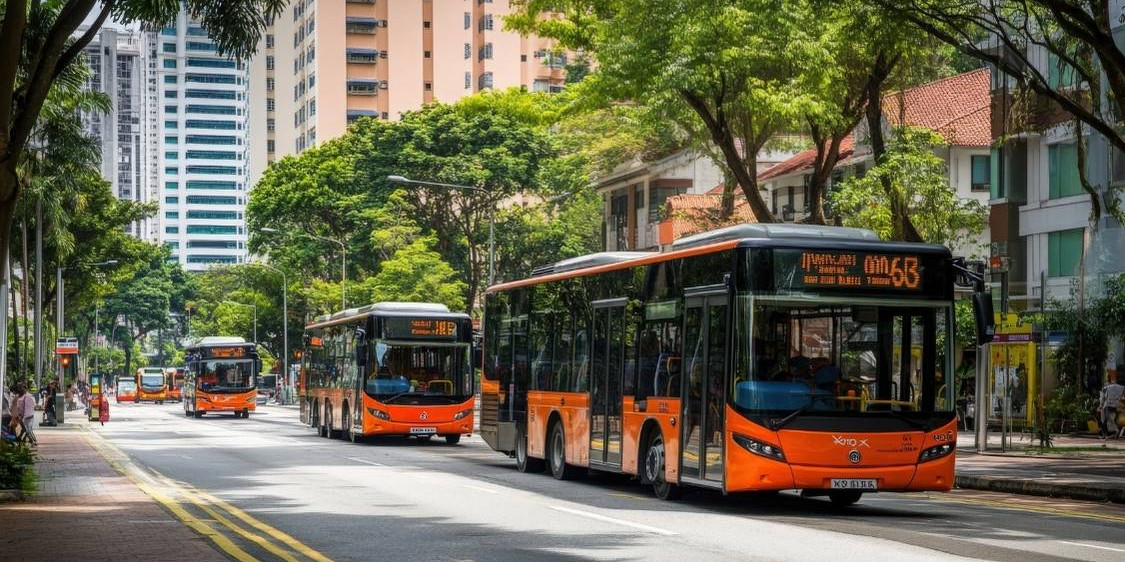Fleet transportation is undergoing the most significant shift in decades. Rising operational demands, tighter regulations, and evolving passenger expectations are forcing the industry to rethink how vehicles are designed, powered, and managed. Modern engineering isn’t just improving mobility—it’s redefining it. The future belongs to fleets that embrace intelligent design, automated systems, and sustainable innovation. Here’s how engineering is driving that transformation.
1. Electrification Becomes the New Standard
Electric propulsion is no longer experimental—it’s quickly becoming the backbone of future fleets.
Advancements in battery density, thermal management, and charging infrastructure are accelerating adoption across public and private sectors. Electric drivetrains reduce emissions, slash fuel costs, and simplify long-term maintenance. As governments push zero-emission targets, electrification will dominate fleet planning for the next decade.
2. Autonomous Systems Boost Safety and Efficiency
Autonomy isn’t just about driverless vehicles; it’s about intelligent assistance.
Modern engineering integrates sensors, radar, LiDAR, and machine learning to deliver advanced driving support: collision mitigation, automatic braking, lane-keeping capability, and adaptive speed control. These systems don’t replace drivers—they enhance safety, reduce human error, and improve operational consistency.
3. Smart Connectivity Becomes Central to Fleet Operations
Vehicles can no longer operate as isolated units.
The future fleet is hyper-connected—feeding operators real-time data on performance, health, and route efficiency. Cloud-linked diagnostics, predictive insights, and remote updates allow managers to control fleet uptime with precision. Connectivity turns transportation from guesswork into a data-driven science.
4. Engineering Focuses on Modular, Scalable Platforms
Fleets must evolve quickly, and modular engineering makes that possible.
Designing vehicles with interchangeable components, flexible configurations, and scalable power systems allows operators to adapt without costly overhauls. Whether the need is for capacity changes, accessibility upgrades, or technology integrations, modularity ensures long-term relevance.
5. Sustainability Shapes Every Design Decision
Environmental responsibility is becoming a design requirement, not a preference.
Lightweight materials, low-impact manufacturing, aerodynamic optimisation, and recyclable components now influence vehicle architecture. Engineering is shifting toward platforms that reduce waste, minimise emissions, and align with global sustainability goals.

6. Improved Passenger-Centric Design Enhances Mobility Experience
Passengers expect more than transportation—they expect comfort, accessibility, and reliability.
Modern engineering enhances interior ergonomics, ride quality, climate control, and universal accessibility. The future fleet prioritises convenience for all riders, from daily commuters to mobility-limited passengers.
7. Advanced Power Management Extends Vehicle Lifespans
As vehicle systems become more complex, power management becomes mission-critical.
Smart distribution systems protect electrical components, reduce strain on batteries, and optimise energy use across all onboard systems. Better power management translates into fewer failures and longer, stable operational lifecycles.
Final Thoughts
The future of fleet transportation is being shaped by engineering breakthroughs that prioritise intelligence, sustainability, and operational resilience. Fleets that adopt these innovations will outperform competitors, reduce long-term costs, and stay aligned with rapidly changing mobility expectations.
The next generation of transportation isn’t just more advanced—it’s smarter, cleaner, and engineered for a world that demands reliability at scale.



